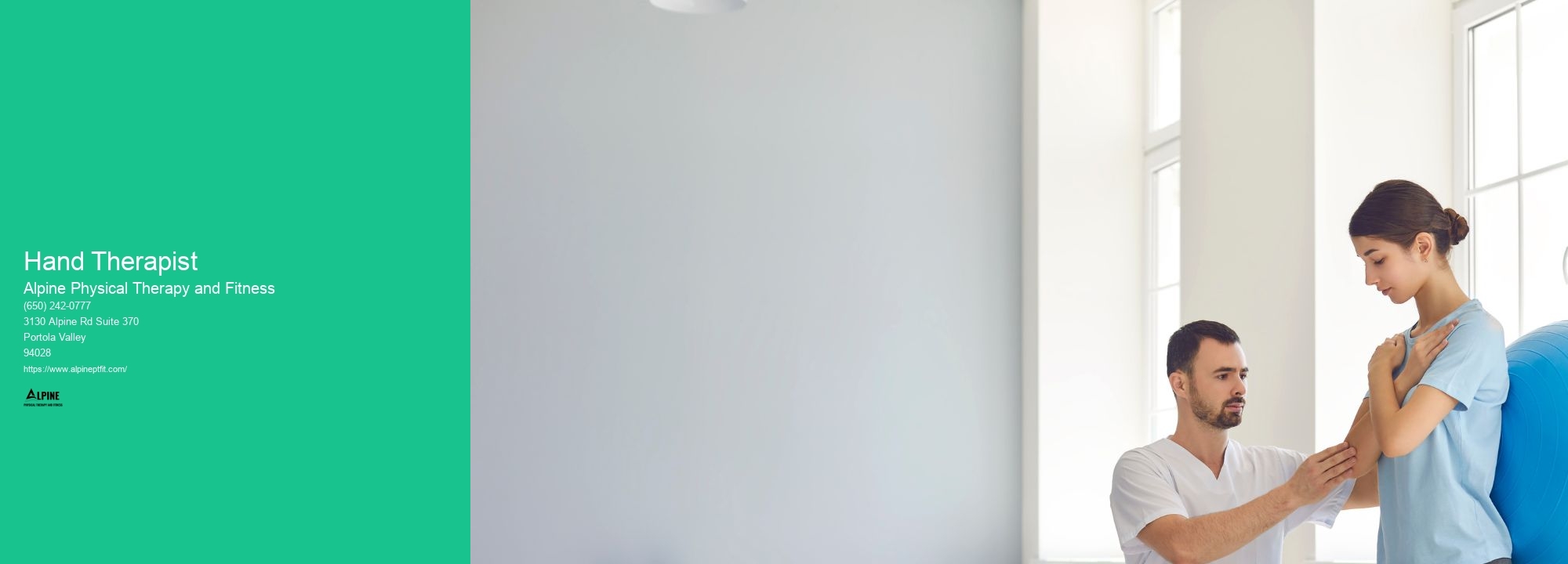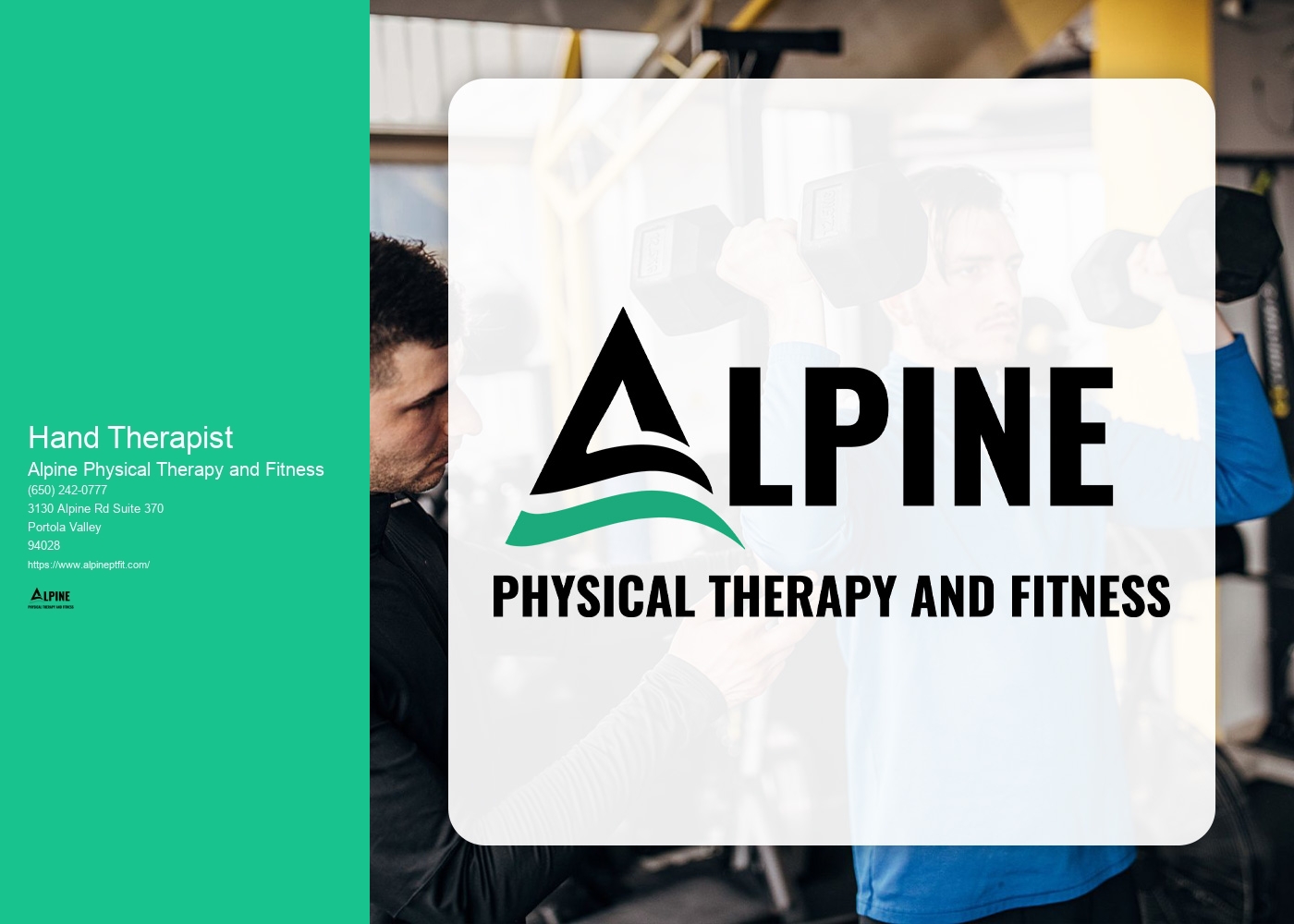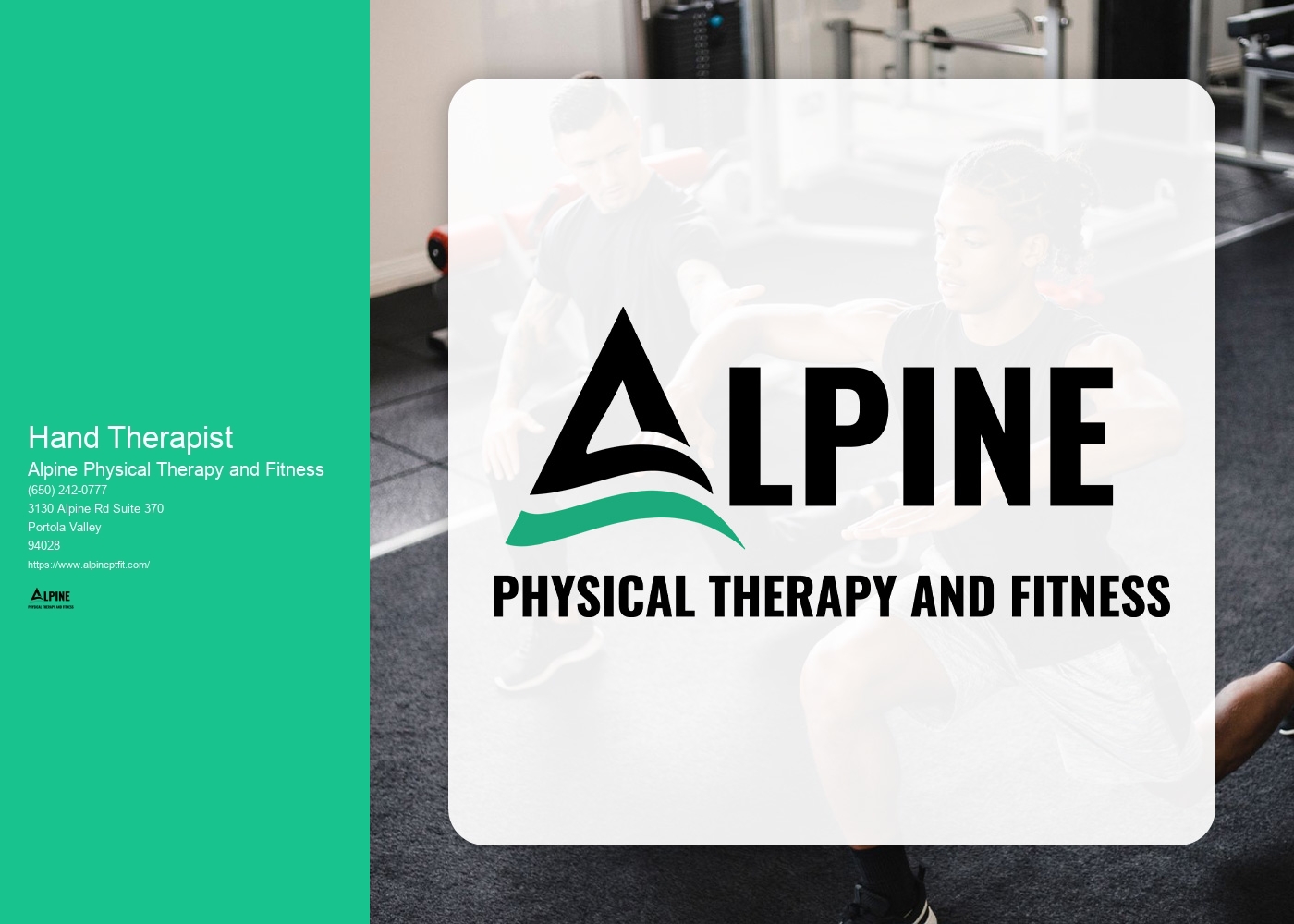

Hand therapy is a specialized form of rehabilitation that focuses on treating conditions and injuries affecting the hand, wrist, and forearm. Hand therapists are occupational or physical therapists who have received additional training in hand therapy. They work closely with patients to help restore hand function and improve mobility. Hand therapists use a combination of exercises, manual therapy techniques, and custom splinting to address a wide range of hand-related issues.
Hand therapists are trained to treat various conditions and injuries that affect the hand and upper extremities. Some common conditions that can be treated by a hand therapist include carpal tunnel syndrome, tendonitis, arthritis, fractures, nerve injuries, and repetitive strain injuries. Hand therapists also work with patients who have undergone hand surgeries, such as tendon repairs or joint replacements. They develop individualized treatment plans based on the specific needs and goals of each patient.
The duration of hand therapy can vary depending on the severity of the condition or injury and the individual's response to treatment. In general, hand therapy may last anywhere from a few weeks to several months. The frequency and duration of sessions will be determined by the hand therapist based on the patient's progress and treatment goals. It is important for patients to attend regular therapy sessions to ensure optimal recovery and improvement in hand function.

Hand therapy incorporates a variety of techniques and treatments to address different aspects of hand rehabilitation. These may include therapeutic exercises to improve strength, flexibility, and coordination, as well as manual therapy techniques such as joint mobilization and soft tissue mobilization. Hand therapists may also use modalities like heat or cold therapy, electrical stimulation, and ultrasound to reduce pain and inflammation. Custom splinting is another common treatment approach used in hand therapy to support and protect the hand during the healing process.
Yes, hand therapy can be effective in managing pain associated with hand conditions and injuries. Hand therapists are trained to assess and address pain through various techniques. They may use manual therapy techniques to reduce pain and improve joint mobility, as well as modalities like electrical stimulation or ultrasound to provide pain relief. Additionally, hand therapists can educate patients on pain management strategies and provide guidance on activity modification to prevent exacerbation of pain.

The frequency of hand therapy sessions will depend on the individual's specific needs and treatment plan. Initially, patients may need to attend therapy sessions more frequently, such as two to three times per week. As they progress and their condition improves, the frequency of sessions may decrease to once a week or every other week. The hand therapist will assess the patient's progress and adjust the frequency of sessions accordingly to ensure optimal outcomes.
Hand therapy can help improve hand function and mobility by addressing the underlying causes of dysfunction and providing targeted interventions. Through a combination of exercises, manual therapy techniques, and splinting, hand therapists work to restore strength, flexibility, and coordination in the hand and upper extremities. They also focus on improving fine motor skills and dexterity. With consistent participation in hand therapy and adherence to the treatment plan, patients can expect to see improvements in their hand function and mobility over time.

Regular exercise is crucial for preventing falls in the elderly. A combination of strength, balance, and flexibility exercises can help improve muscle tone, coordination, and stability. Strength exercises, such as leg presses and squats, can help build muscle and improve overall stability. Balance exercises, such as standing on one leg or walking heel-to-toe, can help improve balance and reduce the risk of falls. Flexibility exercises, such as stretching and yoga, can help improve range of motion and prevent muscle stiffness. Additionally, activities like tai chi and water aerobics can be particularly beneficial for improving balance and reducing the risk of falls. It is important for elderly individuals to consult with a healthcare professional or a qualified exercise specialist to develop a personalized exercise program that suits their specific needs and abilities.
Gait training is an essential component of rehabilitation for patients with neurological disorders. To ensure the best outcomes, several best practices should be followed. Firstly, it is crucial to conduct a thorough assessment of the patient's gait pattern, including their posture, balance, and coordination. This assessment should be tailored to the specific neurological condition and take into account any associated impairments, such as muscle weakness or spasticity. Secondly, a multidisciplinary approach involving physiotherapists, occupational therapists, and rehabilitation physicians should be adopted to provide comprehensive care. This team can collaborate to develop an individualized treatment plan that addresses the patient's specific needs and goals. Thirdly, the use of assistive devices, such as walkers or canes, should be considered to support the patient's stability and safety during gait training. These devices can help improve balance and reduce the risk of falls. Additionally, incorporating task-specific exercises and functional activities into the training program can enhance the patient's ability to perform daily tasks and improve their overall mobility. Regular reassessment and adjustment of the treatment plan are also essential to ensure ongoing progress and optimize outcomes. By following these best practices, healthcare professionals can effectively support patients with neurological disorders in improving their gait and overall functional abilities.
Physical therapy can be an effective treatment option for individuals suffering from adhesive capsulitis of the shoulder, also known as frozen shoulder. This condition is characterized by pain, stiffness, and limited range of motion in the shoulder joint. Physical therapy interventions such as joint mobilizations, stretching exercises, and strengthening exercises can help improve shoulder mobility, reduce pain, and restore function. Additionally, modalities like heat therapy, cold therapy, and electrical stimulation may be used to alleviate pain and promote healing. The physical therapist will develop a personalized treatment plan based on the individual's specific needs and goals, ensuring a comprehensive and targeted approach to managing adhesive capsulitis.
The Graston Technique is a specialized form of manual therapy that is commonly used in physical therapy to treat a variety of musculoskeletal conditions. This technique utilizes specially designed stainless steel instruments to effectively detect and treat soft tissue restrictions and adhesions. The Graston Technique can be applied to various areas of the body, including the neck, back, shoulders, hips, knees, and ankles. It is particularly effective in addressing conditions such as plantar fasciitis, carpal tunnel syndrome, tennis elbow, rotator cuff injuries, and Achilles tendonitis. By using the Graston Technique, physical therapists are able to effectively break down scar tissue, improve range of motion, reduce pain, and promote tissue healing.
Physical therapy plays a crucial role in managing spinal cord injuries by providing comprehensive rehabilitation and promoting functional recovery. The primary goal of physical therapy is to improve the patient's mobility, strength, and overall physical function. This is achieved through a variety of techniques, including therapeutic exercises, manual therapy, and assistive devices. Physical therapists also focus on addressing secondary complications that may arise from spinal cord injuries, such as muscle weakness, spasticity, and loss of balance. They work closely with the patient to develop personalized treatment plans that target specific impairments and help them regain independence in activities of daily living. Additionally, physical therapy plays a vital role in educating patients and their families about proper body mechanics, injury prevention, and adaptive strategies to enhance their quality of life. Overall, physical therapy is an essential component of the multidisciplinary approach to managing spinal cord injuries, aiming to optimize functional outcomes and promote long-term well-being.
Physical therapy can be a valuable treatment option for women experiencing painful sexual intercourse, also known as dyspareunia. By addressing the underlying causes of the pain, physical therapy aims to improve sexual function and overall quality of life. A skilled physical therapist can assess the pelvic floor muscles and identify any muscle imbalances, tension, or weakness that may be contributing to the pain. Treatment may involve a combination of manual therapy techniques, such as myofascial release and trigger point release, to release muscle tension and improve flexibility. Additionally, therapeutic exercises can be prescribed to strengthen and stabilize the pelvic floor muscles, promoting better control and coordination during sexual activity. Education on relaxation techniques, breathing exercises, and proper body mechanics may also be provided to help women manage pain and optimize sexual function. Overall, physical therapy offers a holistic approach to addressing dyspareunia, focusing on the physical and emotional well-being of women.